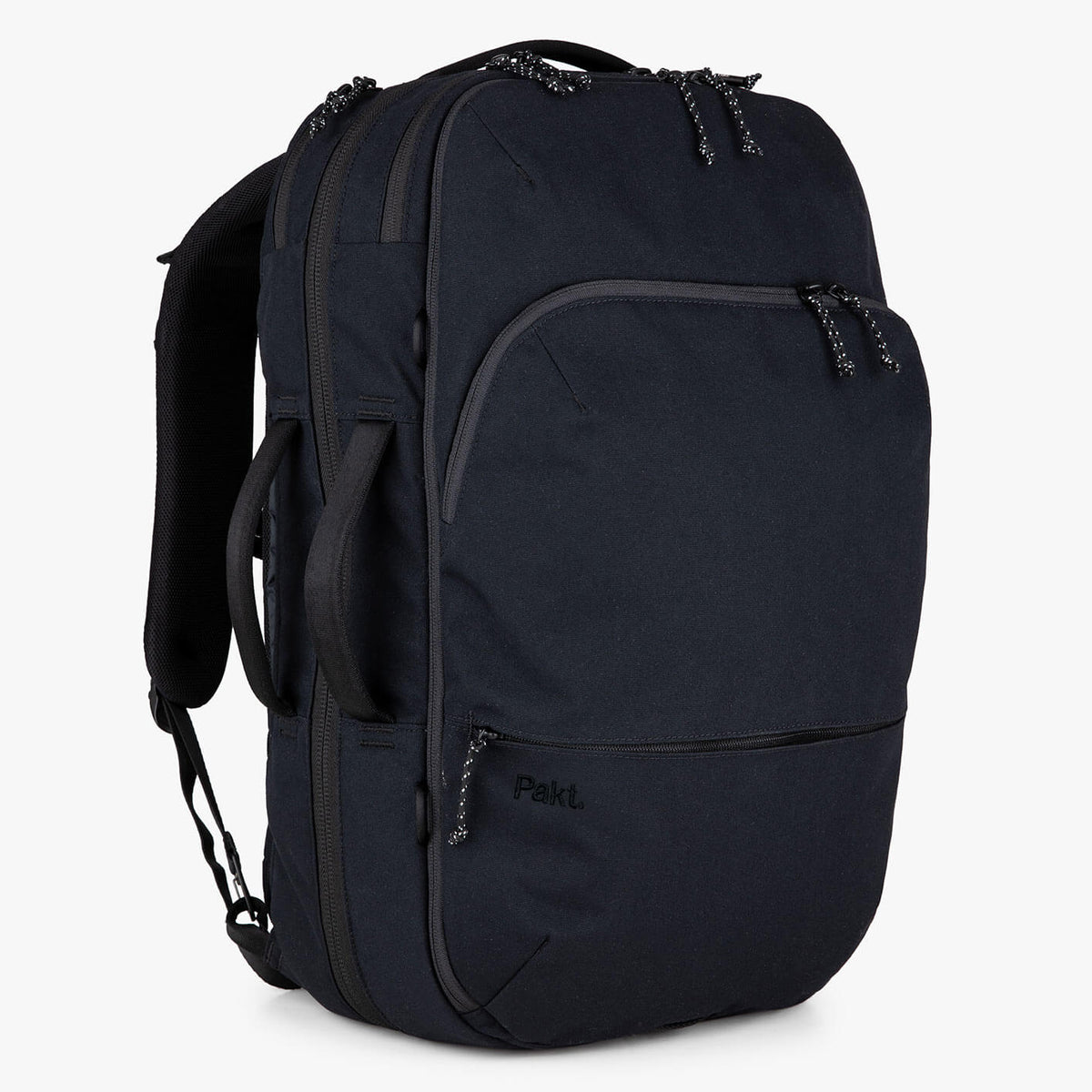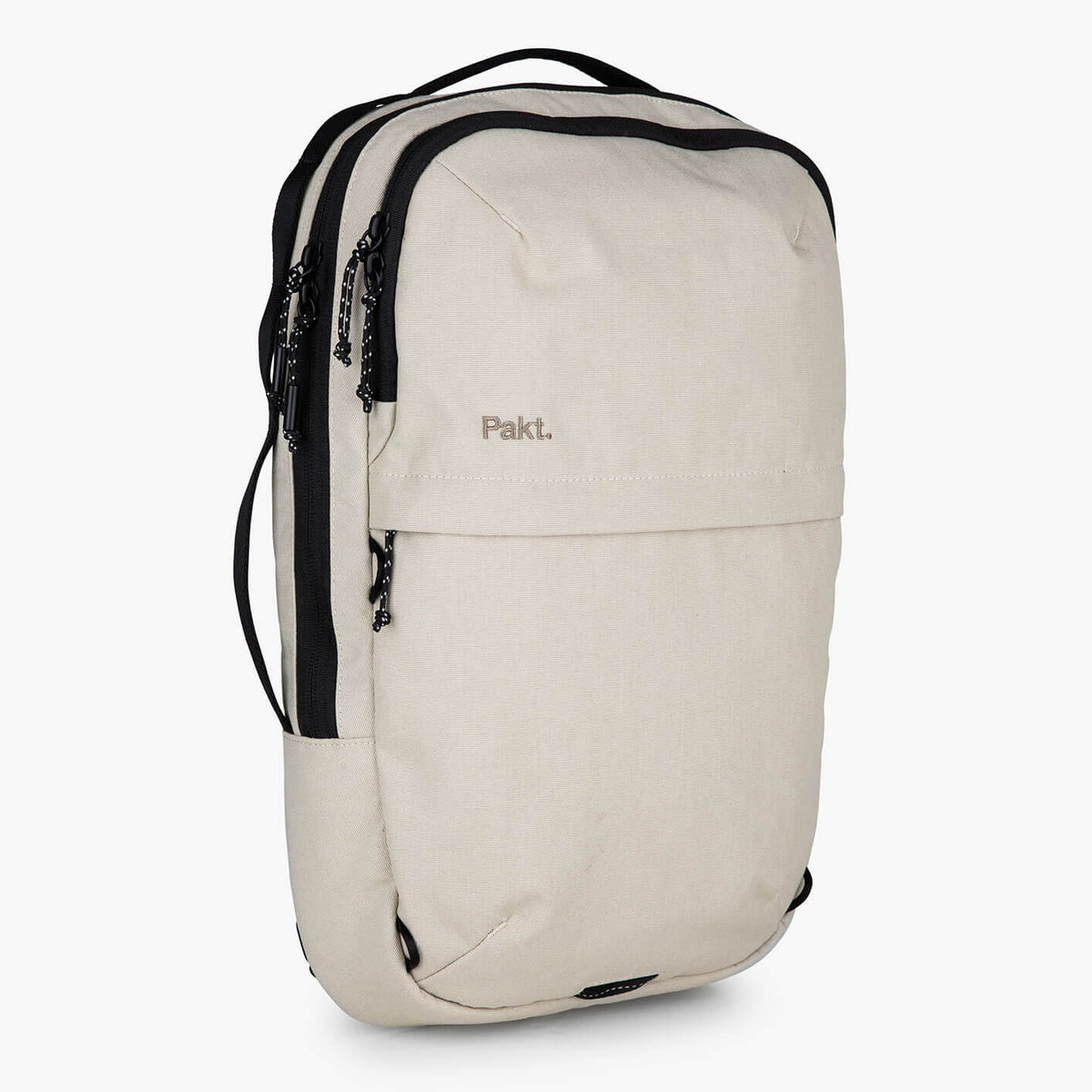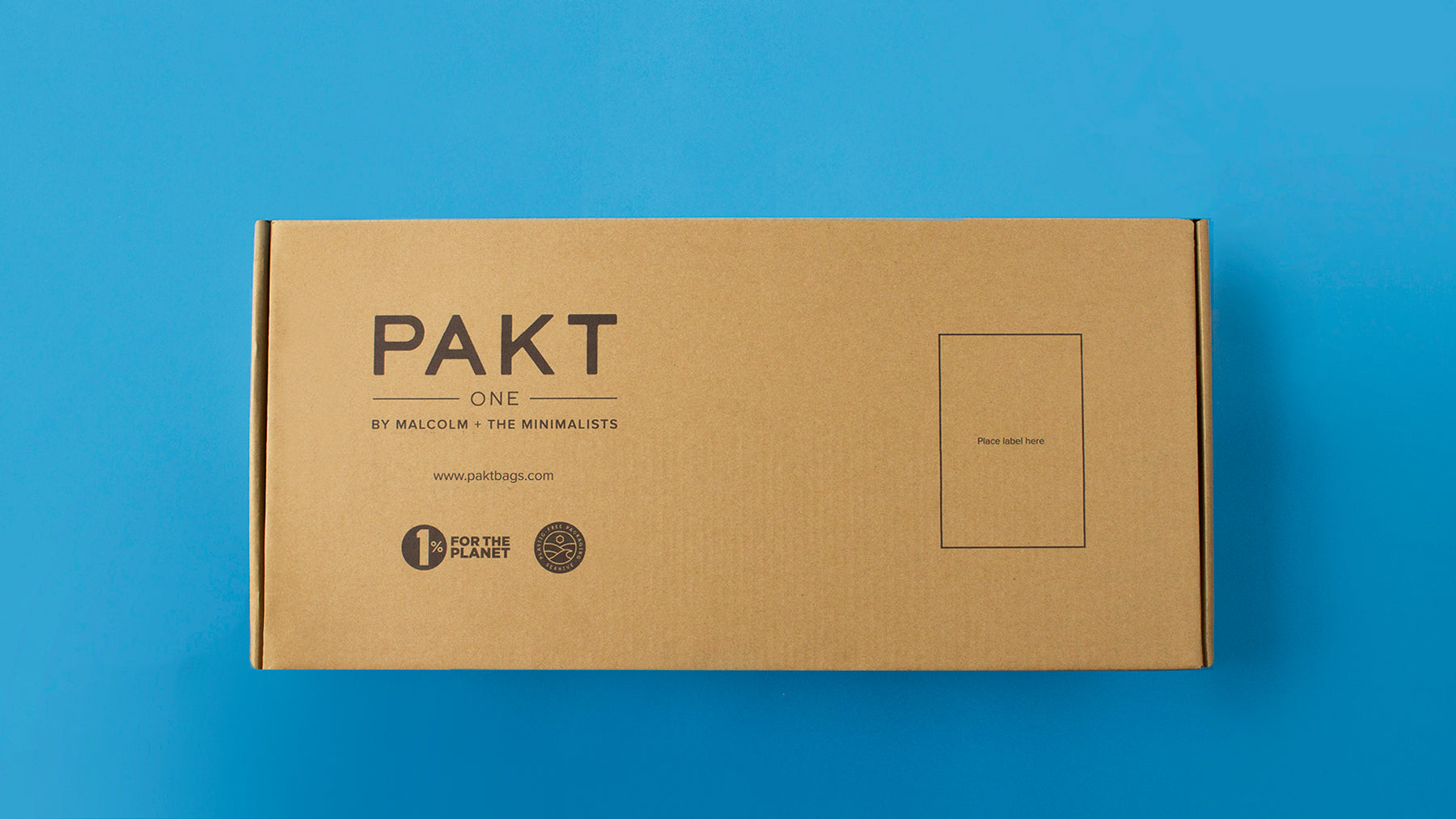8 Tips for Safer Travel
Guest blog post by Kirsten Midura
As a lifelong nomad, I like to go with the flow. I cherish spontaneity when visiting new places, and I love pushing the boundaries of my comfort zone. It’s a liberating way to travel, but there’s definitely added risk when you don’t have a set itinerary.
The trick to doing this wisely is to be prepared for when things go sour. Beyond notifying your bank, embassy, and emergency contacts of your destination, here are eight smart travel tips for a safer trip:
1. Leave the things you don’t want to lose.
A simple, guiding principle while packing is, “If this were stolen, would I be grief-stricken?” If the answer is yes, don’t pack it unless absolutely necessary. This applies to everything, but is particularly important for flashy jewelry, like wedding rings. While we all respect the sanctity of marriage, wearing big bling can make you a target in many areas of the world. If you’re set on wearing a ring, bring a less-conspicuous wedding band that won’t break the bank (or your heart) if it goes missing.
2. Aim for the best, pack for the worst.
It’s smart to bring a few ‘just in case’ items, especially when heading to a developing country. For instance, you can never go wrong with a small first aid kit of essentials: Band-Aids, anti-inflammatories, anti-diarrhea meds, Cipro pills, antibiotic ointment, and hand sanitizer. Hopefully you won’t need them, but if you do, you’ll thank your lucky stars you brought them.
If possible, use an old phone and bring a decoy wallet with an expired license, old debit card, and a nominal amount of cash. That way, if you ever need to “hand over the goods,” you have something to give away without actually losing anything.

Your 'just in case' minimalist first aid kit will take up virtually no extra room when tucked away in a side pocket.
3. Start your trip a few steps ahead.
If you really want to prep like a pro, bring:
- Some local currency in-hand before departure (because who knows if the ATMs will be functioning when you arrive).
- A handle on the exchange rate and a general idea of what essentials should cost.
- A few key phrases memorized or written down in the local language.
- A basic understanding of cultural etiquette. It’d be a shame to start your travels by offending locals.
- A bottle of water filled at your point of departure. You do not want to risk a catching a stomach bug right off the bat.
4. Have a port-of-call.
It’s a good idea to know where you’re headed after arrival. Your initial experience can set the tone for the entire trip, and you don’t want to be stressed-out and scrambling for a first destination. Before you depart, be ready with the address of a hotel, hostel, or Wi-Fi enabled cafe that will allow you to gather yourself and decide what to do next.
You should also come ready with accurate expectations of local ground transportation. Are taxis safe to take in this country? Are you likely to get scammed? Does your accommodation offer an airport shuttle service? Is there a reliable bus or train that will take you to your desired area? Travel sites like TripAdvisor offer a wealth of insights into these questions, and some minor homework can go a long way toward a safer, more carefree experience.

5. Be a tourist, not a target.
Everyone wants to look on-point for Instagram; however, the safer play is dressing low-key. When exploring day-to-day, be smart about it. Novelty shirts make great souvenirs, but wearing them while traveling is akin to a neon sign flashing, “Easy mark here! Rob me, please!”
For women, it’s never a bad idea to opt for below-the-knee skirts or pants, especially in more conservative destinations. When dressing down in warm climates, bring a light jacket or shawl. Not only will it provide some sun protection, but you can cover up if you want to check out a temple or culturally sacred area. Plus, it’s a great excuse to accessorize.
6. Secure travel is smart travel.
For important items that you can’t leave behind, like passports, phones, and credit cards, it’s critical to keep them SAFELY tucked away. That means stowing them in your bag’s inside zipper pocket or at the bottom of your day pack (which should never leave your side). Don’t wear bags off your shoulder; rather, wear your backpack to the front and keep duffles slung across your chest with the zipper closed and forward.
If you know you’ll be dozing off, say, on a long bus ride or while lounging on a beach, you can use your bag as a pillow or employ a carabiner to attach it to you or a nearby stationary object.

The Pakt One has two loops on either side of the bag that can come in handy to attach your bag to you or a nearby stationary object.
7. Don’t be a tourist cliché.
Maybe this goes without saying, but don’t wave your valuables around. Selfies, for example, put you at risk – you are focusing your attention away from your surroundings and are holding your pricy phone out for the world to see. Be discreet when taking photos, and store your money as close to your skin as possible: under your shirt in bra wallets or neck wallets, or in clothing that has stash pockets.
8. Above all, keep calm and carry on.
No matter where you go and how many precautions you take, there will always be unexpected risk in foreign travel. What’s important is that you are prepared for spur-of-the-moment opportunities and maintain composure if things don’t go your way. Being calm and flexible will let you to roll with the punches and allow for a much safer and more enjoyable trip. Happy travels!
Kirsten Midura is an environmentalist, photographer, and life-long traveler. You can find her work at www.miduratravels.com or follow her on Instagram at @miduratravels (travel) and @miduramoto (motorcycles).




